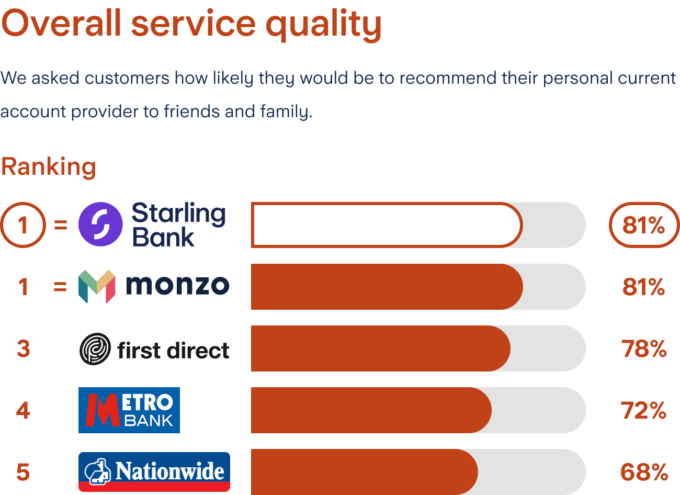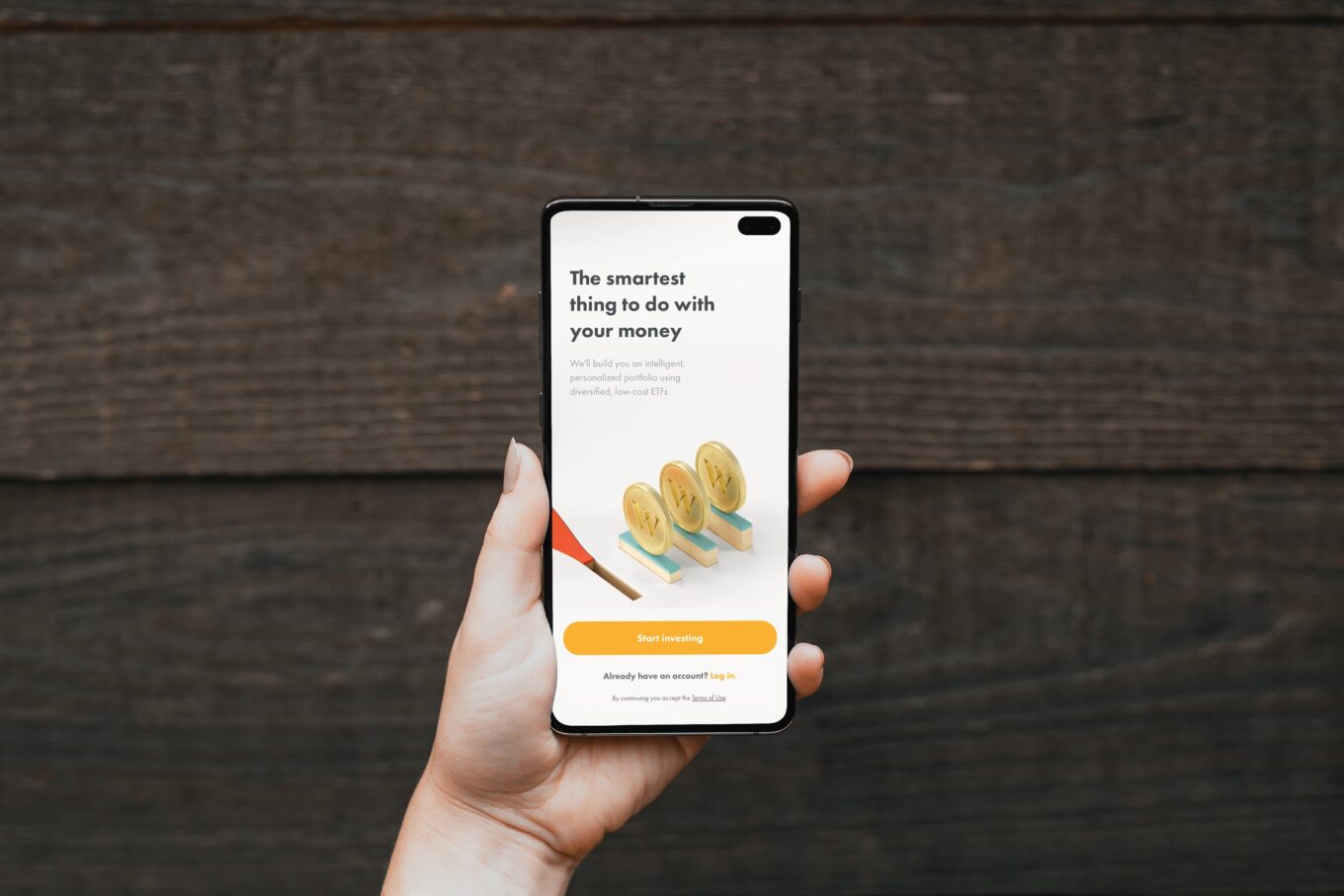What the latest Current Account Switching Service figures tell us
Whilst cash incentives have been driving switching, digital banks are showing how differentiating through product and service is a successful and more sustainable strategy.
The Current Account Switching Service (CASS) is undoubtedly a success story. Almost 9 million current account switches have been completed using the service. And it works beautifully. The process takes just seven days, the comms to tell you what’s happening along the way are good, and salary credits, Direct Debits and so on are automatically re-routed. Overall, 93% of people who use the service are happy with it.
However, the big picture is that current account switching has failed to take off. Around 2% of people switch their current accounts each year – roughly the same percentage as in 2015. By contrast, 13% switch their broadband and 16% their mobile provider.
CASS recently released its most recent data for the final quarter of 2022 – which was the busiest ever for the service with over 370,000 moves. Overall, of the 20 providers who allow CASS to publish their data, some of which are themselves groups of brands, all but seven lost customers in Q3 (the brand data has a three-month lag). In general, the current account market is becoming less concentrated. Over the past few years the ‘big four banks’, and the ‘scale challengers’ have lost market share. Conversely, digital entrants have grown their market share from 1% in 2018 to 8% in 2021.
Large incumbents are buying market share
In an effort to halt their shrinking market share, some of the large incumbent banks have, in effect, been buying customers via switching incentives. Typically, these pay up to £200 to customers who open a new account. Whilst these have been a feature of the market for a while now, the cost-of-living crisis and the media coverage around ways to save and earn money undoubtedly turbocharged this. PayUK research from 2022 shows that cash rewards were the biggest driver of switching, with 76% of consumers giving it as their reason for moving.
Providers usually try to ensure that the account isn’t opened ‘just’ to get the payment – for example by insisting on minimum amounts being credit and a certain number of Direct Debits being active. However, buying customers like this feels like a zero-sum game – you can’t help feeling that it’s just the same customers rotating from one bank to another to collect the incentive payments.
Digital banks are winning on product and service
The other big winners from the Current Account Switching Service have been the digital banks. Together they accounted for 11% of all switches in Q3 2022. As they don’t offer switching incentives they rely on product and service differentiation to attract customers. PayUK’s research shows that after cash incentives, key drivers for opening a new current account include cashback (70%); better interest rates (68%); better customer service (57%); a better mobile app (49%) and lower overdraft charges (44%) – all of which apply to the app-only banks (not all of which are covered by CASS). Whilst digital banks’ product offerings vary, they include slick mobile apps (as you’d expect), budgeting tools, savings pots and other tools to make it easier to save, decent interest rates on savings, cashback, lower overdraft costs, no charges for debit card payments overseas, to name just a few.
How to increase switching rates
According to the Competition & Markets Authority (CMA), almost everybody with a standard current account and half of those with a packaged account would be better off if they switched. So why do so few people move? PayUK’s research suggests that the key barriers are people seeing no reason to change (66%); being happy with their current provider (66%); and believing that there’s no difference between accounts (60%).
Clearly, switching incentives can provide one reason to move. But demonstrating that not all current accounts are the same – both in terms of product and service – as the digital banks have been doing, is likely to be more effective in the long run. Thanks to the CMA all banks now have to show a service quality table on their homepage. With two digital banks currently heading up this table perhaps it’s no wonder that they are performing so well on switching. Other entrants are successfully differentiating their products, for example by offering cashback on spending or higher interest rates. In a market with high levels of consumer inertia demonstrating these real benefits of moving is the key.

Image from Staling Bank website
Ian Williams, Director
Find Out More
-
AI in the Newsroom
August 26, 2025



